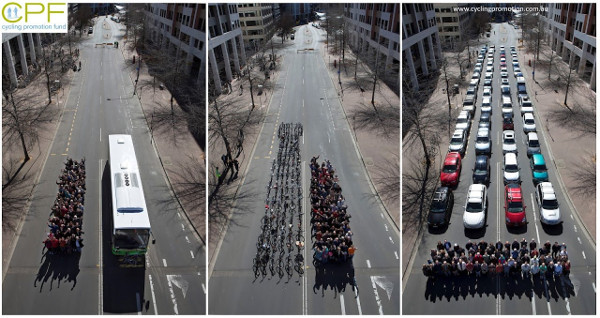Fight Climate Change, One Bus Ride at a Time

(
Bloomberg) Success in the fight against climate change doesn’t demand dramatic innovations. Houses that heat themselves and jet planes fueled by sunshine and pond goo are good ideas, but there’s no need to wait for them. Power plants that emit only a steady drip of macchiato would be great, too, but they aren’t strictly essential.
Adequate if mundane solutions are already at hand. Many of them even make sense regardless of global warming. It’s just a matter of exploiting them. High on the list: public transit.
President Barack Obama’s strategy for fighting climate change centers on limiting carbon emission from power plants. Yet in the U.S., transportation accounts for almost as much greenhouse gas emissions as electricity generation -- and despite the federal government’s efforts to make cars more fuel-efficient, those emissions are increasing.

Electric cars may take care of that one day, but not soon: They make up less than 3 percent of all vehicles sold in the U.S., and their share of the market has been falling. Buses, subways and streetcars emit far less carbon. On a passenger-mile basis, driving a car with one occupant emits between two and four times as much as traveling by subway. A bus that’s three-quarters empty produces about 30 percent less emissions than the equivalent number of single-occupant cars, and half the emissions of the corresponding fleet of SUVs.
That matters because three in four U.S. commuters get to work by driving alone -- compared with 64 percent in 1980, when climate change wasn’t yet a concern. The share of commuters using transit hovers around 5 percent, less than half the share in 1960. Leaving cars at home is one of the simplest ways to reduce emissions, yet few of us do it. ...............(more)
http://www.bloomberg.com/view/articles/2016-05-11/fight-climate-change-one-bus-ride-at-a-time



